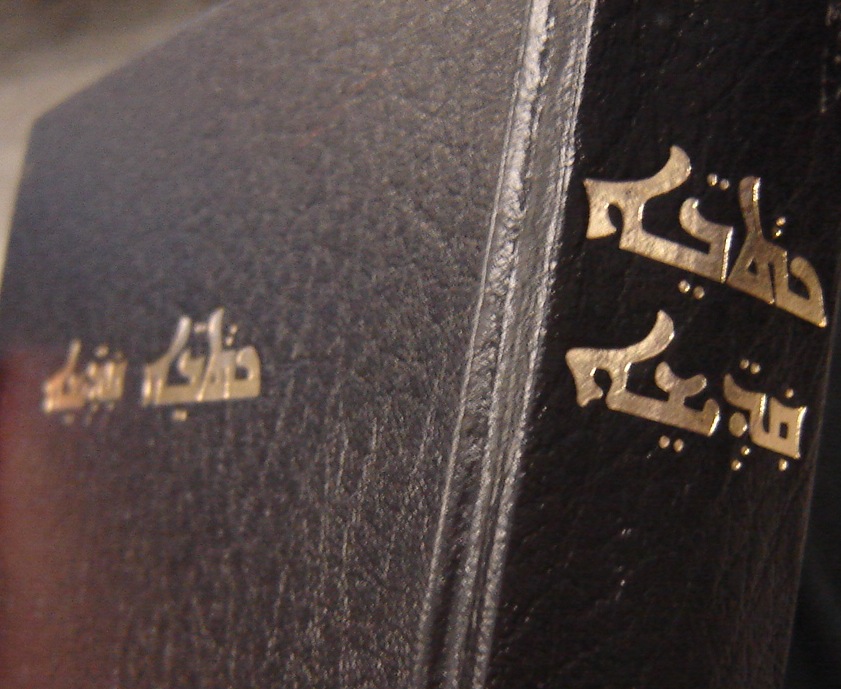Don’t Let Your Tongue Die

By: Henok Elias
Ferenj: What was that language you were speaking with your mom? It wasn’t English.
Me: Amharic.
Ferenj: Oh! You speak what Jesus spoke. That’s so interesting!
Me: *smh* No. I speak Amharic, not Aramaic.
I doubt I’m alone in having this archetypal and terse conversation. Especially, for a year or so after Mel Gibson’s The Passion of the Christ boldly premiered in Aramaic on the monoglot shores of the United States. Tomes can be written, and I am sure at least one has been, about the many relationships betwixt the Aramaic tongue and Habesha culture. This is not the space for that. Instead, this is a warning to any Habesha who loves the 80 plus languages of their region and has harbored thoughts of preserving them. But, I will treat you with a few connections between Habesha culture and Aramaic before you press the button that sends you to The Atlantic article about the preservation or lack thereof Aramaic.
- 9 Aramaic speaking saints fleeing persecution from Byzantium are credited with the translation of oodles of literature into Ge’ez
- Aramaic is the liturgical language of the Syriac Orthodox Church, which is in full communion with the Ethiopian and Eritrean Orthodox communities
- Words you might have thought were native to Amharic, like arb (Friday) and qurban (sacrifice/communion), come from Aramaic
- Aramaic, like Ge’ez, Tigre, Tigrinya, Guragigna, Arabic, and Hebrew, is part of the Semitic family





